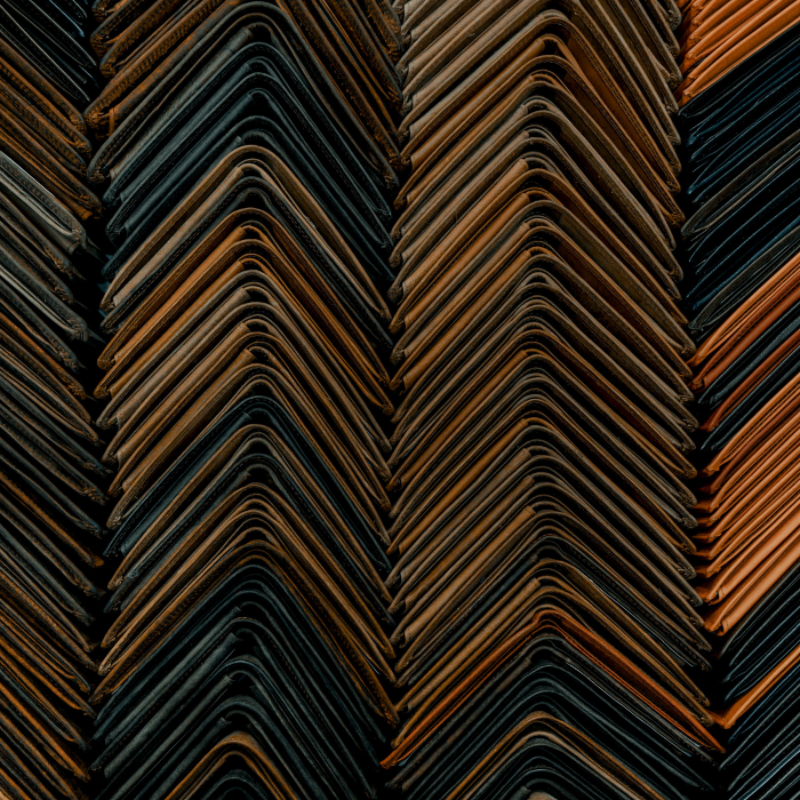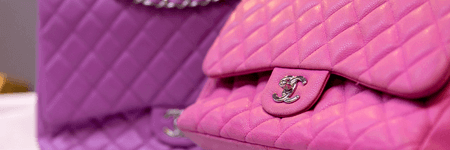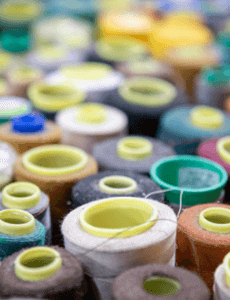Leatherworking has been around for as long as man has been eating meat. It’s an old craft with lots of tradition and terminology. This makes learning about leathercraft a whole lot of fun, but it can also make it confusing for consumers. When buying leather products, you want to make sure you know what you’re paying for. This often means wading through the market and learning some of the common terminologies when it comes to different types of leather.
Before moving on to the types of leather, here are some terms you would need to know.
Hide – A hide or skin is an animal skin treated for human use.
Grain – is the top part of the leather after being split.
Split – Is from the lower layers of the hide that have been split away from the upper, or grain, layers.
1. Faux
Faux leather is not real leather. It is man-made leather made from synthetic materials such as plastic and rubber-coated fabric. Through technology, Faux leather has resulted in great improvement in the material composition, thus increasing the comfort level of sofas. It is durable and it looks like original leather however, it is the cheapest type of leather for furniture.
To differentiate faux leather from real leather, drop a small amount of water on the product, as leather absorbs moisture. If it is faux leather, the water will simply puddle up on top. While real leather would absorb the water.
2. Bonded
Bonded leather is made from mixing shredded leather scraps and fibers, similar to the production of paper. It is then formed into a roll using adhesives or other bonding materials and extruded onto a fiber or paper backing cloth. After the roll is formed, it undergoes drying to reduce its moisture content. Since it usually contains 10 to 17 percent leather fibers, some industry experts expressed that they do not consider it as real leather.
Bonded leather is good for its comparatively low cost.
3. Bi-cast
Bi-cast leather is made from using the lowest layers, “split” of the hide. This lowest layer is too thin or flawed for normal use as it lacks strength. Bi-cast leather also lacks the natural beauty of the top-grain layer. This layer is covered with a layer of polyurethane (constituents of paints, varnishes, adhesives, and foams) and afterward being embossed to look like real leather.
Bi-cast leather does not demonstrate any of the same wear or comfort attributes of top grain. However, it can still serve as an economical alternative for people wanting the look of the leather without the price.
It is much less expensive and less durable compared to genuine leather.
4. Suede
Suede leather is made from the inner surface of the animal hides, visible on the underside of the leather. Suede leather can be made from any animal hide but the most common is lamb, goat, deer, pig, and calf. The type of animal affects the finish of the suede. The thin innermost layer is cut off to create a thin, soft material.
Suede is rather durable and it is less expensive than Nappa or Nubuck. However, it gets dirty easily and is difficult to clean.
5. Full-Grain
Full-grain describes the leather retaining the imprints original to the hide and the animal it was taken from. It is formed by removing the hair present on the skin of the hide. No polishing and finishing is done to the grain of the leather. Although there might be imperfections on the leather, it retains all of the original texture and markings of the original. This leather also tends to feel better over time. Due to its rarity and quality, Full-grain leather is one of the most expensive forms of leather available in the market.

Buying a genuine leather item requires thoughtful consideration and a keen eye for recognizing the quality of leather. For most average shoppers, leather is just leather. But, many of you know that isn’t true, right? Manufacturers often use different types of leather, depending on the end product.
As you are going to invest considerable funds for buying your favorite genuine leather products, you must know two things:
“What is the best place to buy leather?”
“How to buy the best leather?”
While making a final decision is up to you, the details provided in this leather guide have everything that will surely level up your knowledge to make the final decision. Happy Shopping!





